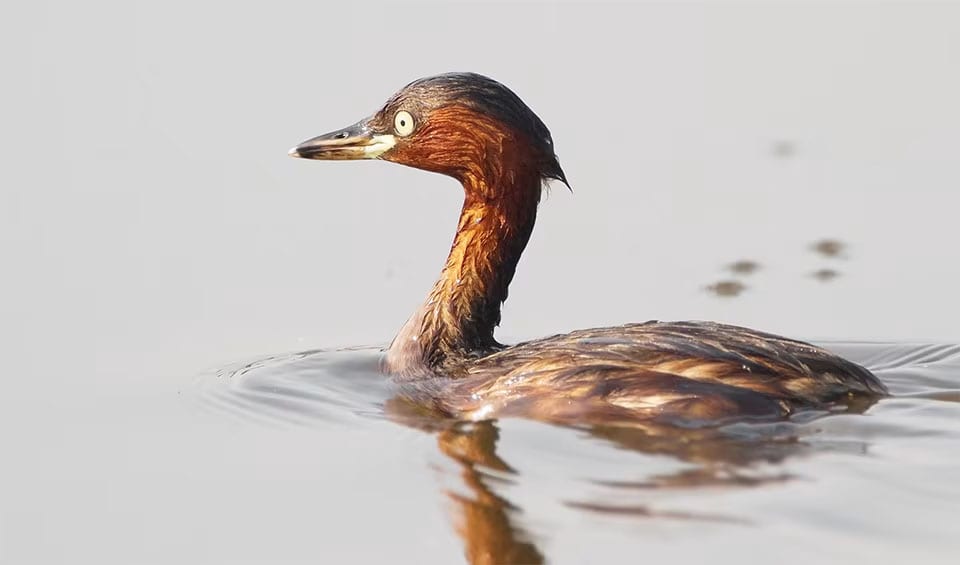Tachybaptus
Beautiful orange eyes that can pierce your soul
Tachybaptus, commonly known as the grebes, includes several species of small waterbirds that are highly adapted to aquatic life. Among the most widespread and familiar of these is the Little Grebe or Dabchick (Tachybaptus ruficollis), which is found across a variety of water bodies, including both freshwater and brackish environments.
These birds are indeed cosmopolitan, making their homes in suitable wetlands, ponds, lakes, and coastal areas around the world. They prefer bodies of water with abundant vegetation, both submerged and emergent, which provides them with cover for nesting and protection from predators. The vegetation is also a habitat for the aquatic insects, crustaceans, and small fish that make up their diet.
Tachybaptus grebes are renowned for their diving ability. They hunt primarily underwater, propelling themselves with their lobed feet. The birds have remarkable control over their buoyancy, allowing them to sink silently below the water’s surface with scarcely a ripple, a skill they use both foraging and avoiding detection. Their dives can last for half a minute or more as they pursue prey.
These birds are primarily diurnal, spending their days foraging and nights roosting in dense vegetation’s safety. On land, their anatomy—well-suited to an aquatic lifestyle—makes them quite awkward, so they avoid coming ashore except to nest.
Little grebes are solitary outside the breeding season and known for their territorial behavior. They are seldom seen in large groups, although in favorable feeding conditions, small flocks may form. Their shyness is apparent in their behavior; when alarmed, a Little Grebe will often dive rather than fly to escape danger.
Little grebes construct floating nests anchored to submerged aquatic vegetation during the breeding season. Both parents share in the eggs’ incubation and the chicks’ rearing. The nests are often concealed among reeds or in other dense plant growth to protect them from predators.
Species in this genus
Little grebe
This cute and small bird is one of the most elite hunters below the water’s surface


